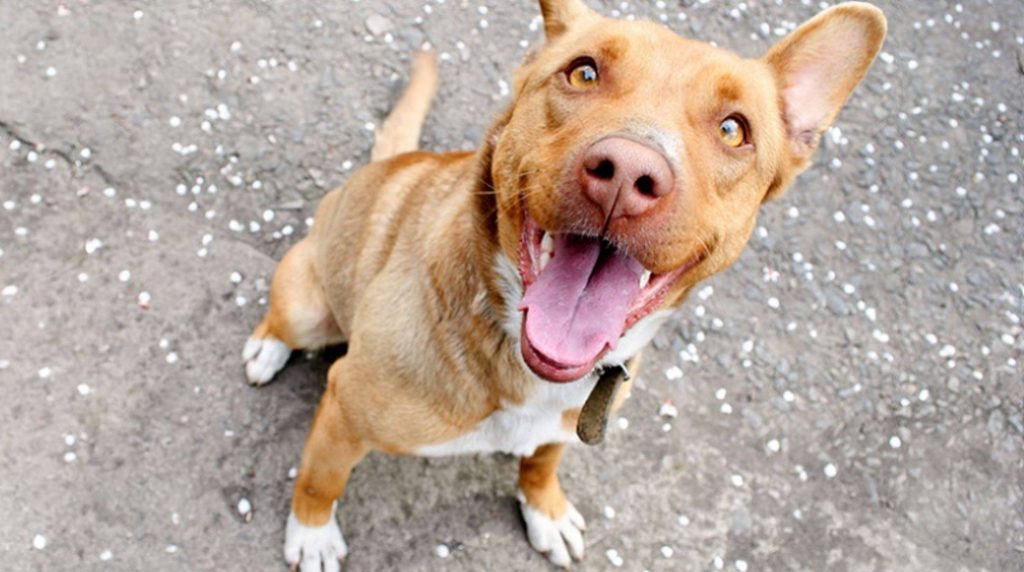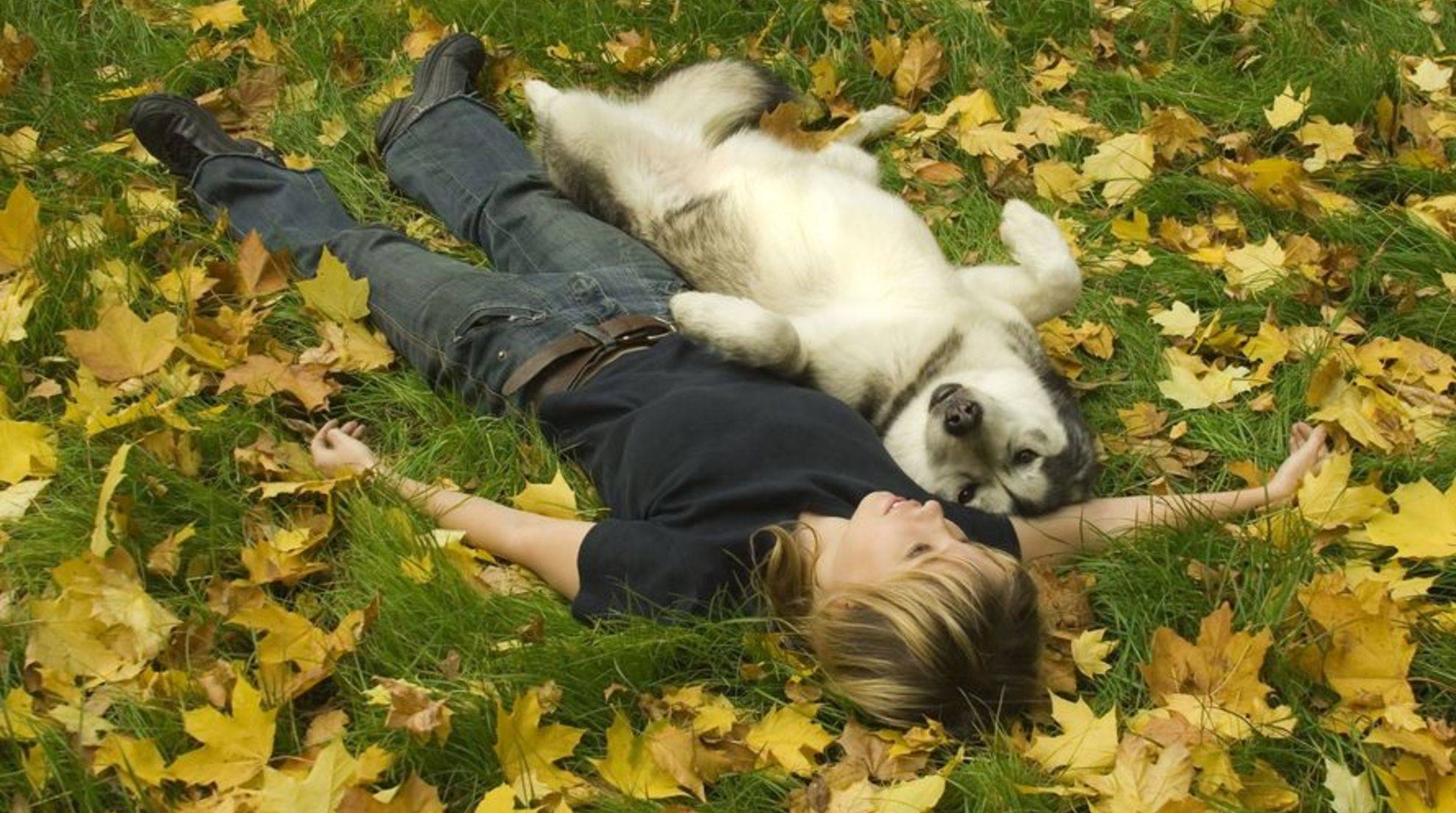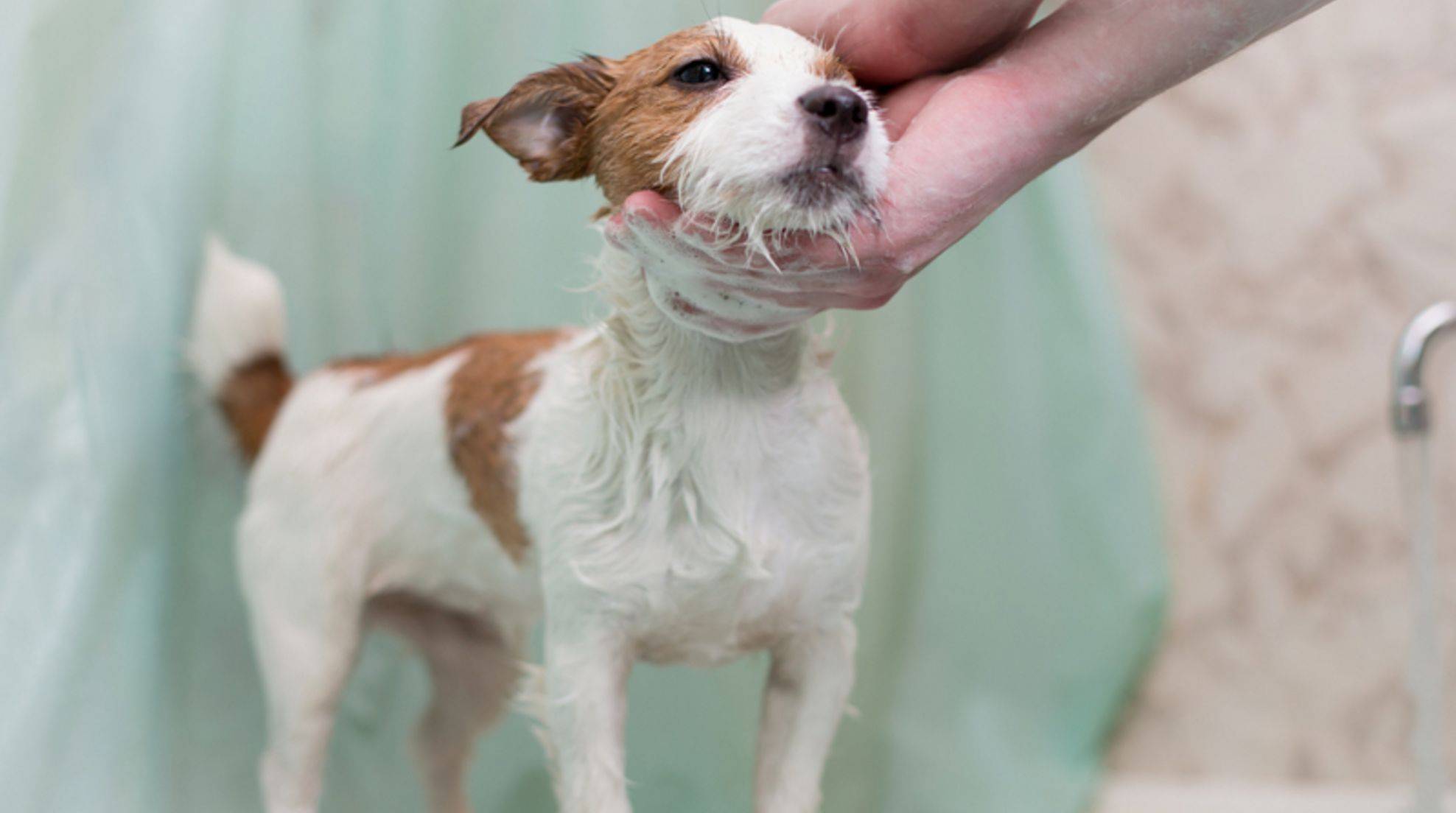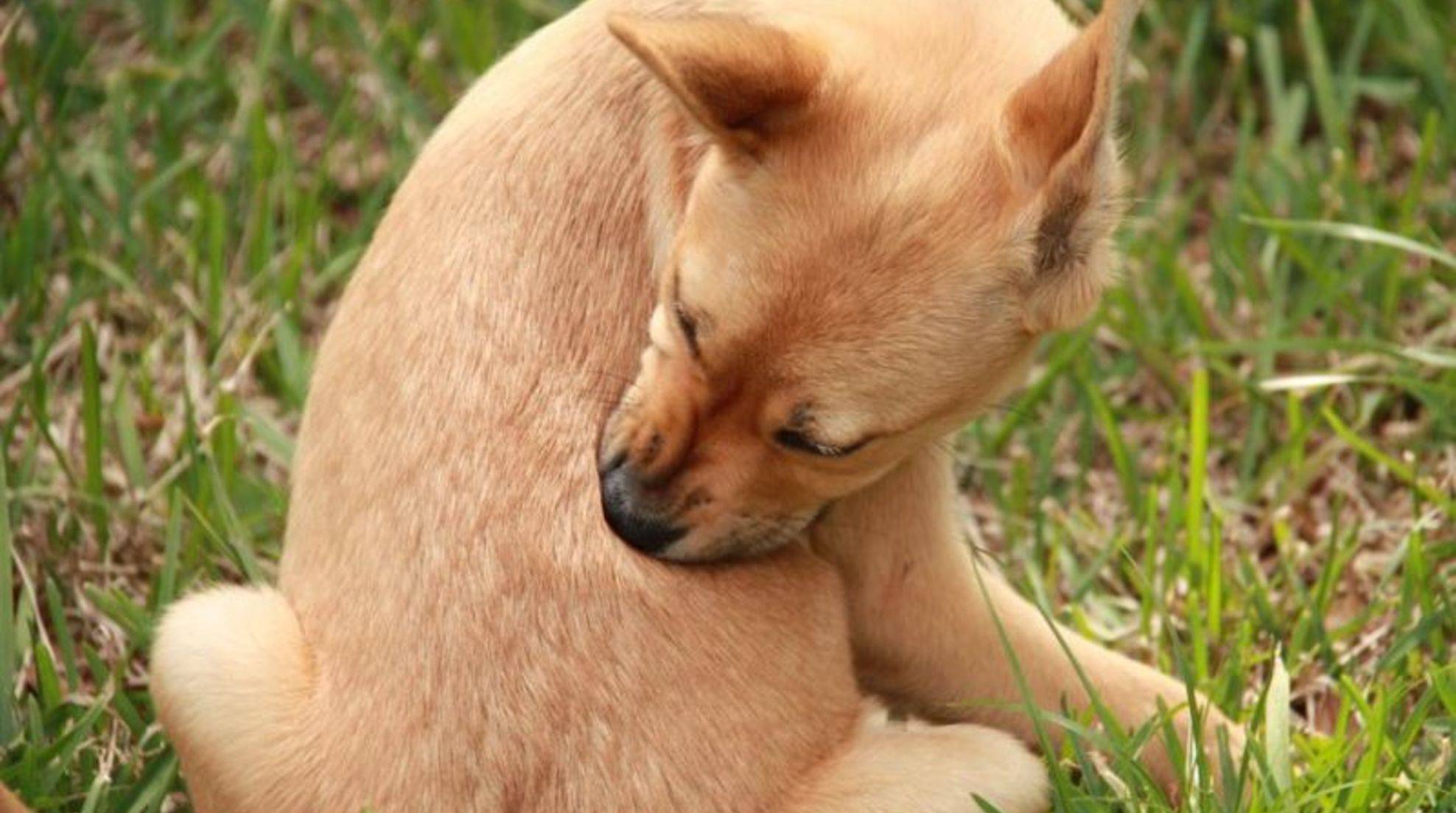Systematic desensitization in dogs
If a dog suffers from specific fears, dog owners can do something about it – systematic desensitization often helps the four-legged friend overcome his fear. What exactly is behind this method, you will learn in our guide.
If a dog is afraid of something, it reacts panic-stricken or aggressively to a specific stimulus. This can be optical, acoustic, or other nature. The fear reaction is deeply anchored in his consciousness, which is why the four-legged friend cannot simply suppress it or influence it himself. He needs help to get used to the stimulus that triggers his fear and learns that there is no danger from it – using systematic desensitization.
The dog has fear: systematic desensitization.
Systematic desensitization is a gentle way of removing a dog’s fear. He is introduced to the fear trigger step by step to get used to it. For example, if your dog panics at the sight of a particular object, he is first confronted with it from a safe distance – in such a way that he remains relatively relaxed and does not become afraid. If your four-legged friend now understands no danger, the object will be approached carefully during the next training session.
In this way, the confrontation with the fear trigger is slowly increased more and more. The whole thing is carried out until the dog remains completely steadfast. The further step would then be a counter-conditioning, in which this fear-bringing stimulus is linked with something positive. For example, the feeling of fear is to be replaced by joy with the help of a treat.
Desensitization is a long road.
However, this training method cannot be carried out overnight. It often takes weeks until the stimulus no longer triggers fear. A dog owner needs time, patience, perseverance, and usually professional support from a specialized dog trainer or animal psychologist for systematic desensitization. In addition, a sensitive hand is required. Because it depends on the correct dosage of confrontation with the fear trigger, as soon as you aim for progress too quickly, you may experience setbacks.
Imagine you have a fear of heights. You climb one step higher each time, understanding more and more that nothing will happen to you and that you need not be afraid. But then someone comes along and urges you to go right to the top. You will most likely panic and not be receptive to the next training session for a while. That’s why it’s essential to be very gentle and patient with your fearful dog and work on it with him. A close bond between dog and owner is vital. If there is a specific basis of trust, the behavior training will bear fruit.







